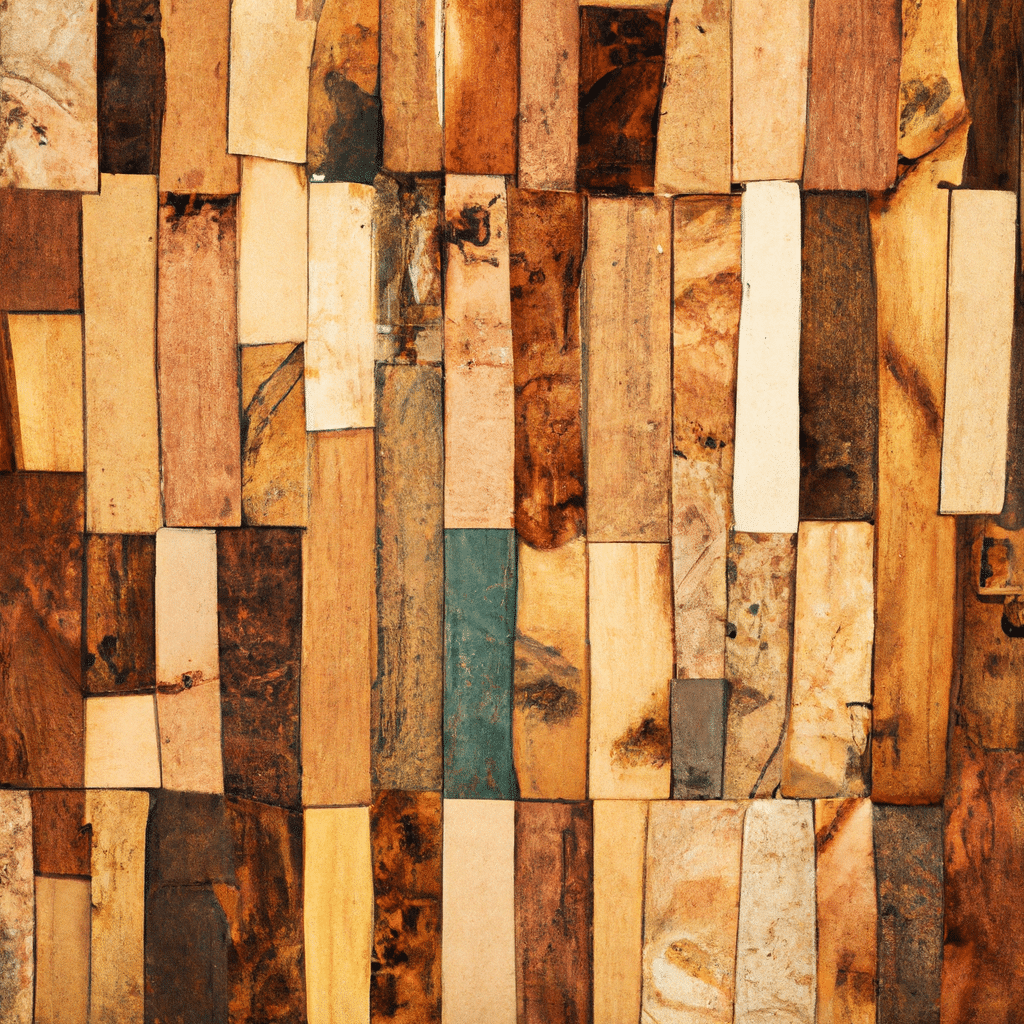When it comes to woodworking, choosing the right type of wood is crucial for the success of your project. The wood you select will not only determine the overall appearance and durability of your creation but also impact its functionality and longevity. With so many options available, it can be overwhelming to make a decision. In this comprehensive guide, we will walk you through everything you need to know to choose the perfect wood for your project.

Understanding Wood Types and Their Characteristics
Wood can be categorized into two main types: hardwood and softwood. While the names may suggest that one is harder than the other, this is not always the case. The distinction between hardwood and softwood actually refers to the type of tree the wood comes from. Hardwood is derived from deciduous trees, such as oak, maple, and walnut, while softwood comes from coniferous trees like pine, cedar, and spruce.
Hardwood
Hardwood is known for its durability and strength, making it ideal for projects that require sturdiness and resistance to wear and tear. It is also commonly used for furniture, cabinetry, and flooring due to its natural beauty and ability to take on various finishes. Hardwood is available in a wide range of colors, grains, and textures, allowing you to create visually appealing and unique pieces.
Softwood
Contrary to its name, softwood can still be strong and durable. Softwood is often chosen for its affordability and versatility. It is commonly used for construction projects, outdoor furniture, and as a framing material. Softwood is generally easier to work with due to its lighter weight and less dense nature. It is important to note that softwood may require more maintenance and protection from weathering compared to hardwood.
Factors to Consider When Choosing Wood
Now that we have explored the different types of wood, let’s delve into the factors you should consider when making your selection.
Project Requirements
The first step is to clearly define the requirements of your project. Consider the purpose, location, and intended use of your creation. For example, if you are building a dining table, you would want a wood species that is durable and can withstand regular use. On the other hand, if you are crafting a decorative item, aesthetics may be a higher priority.
Durability
Durability is a crucial factor, especially for projects that will be exposed to the elements or experience heavy use. Some wood species naturally have higher resistance to rot, decay, and insect infestation. For outdoor projects, consider woods like teak, cedar, or redwood, which have natural oils that protect against moisture and pests.
Appearance and Grain
The appearance of the wood can greatly impact the overall aesthetic of your project. Each wood species has its own unique grain patterns, color variations, and textures. Some woods, like mahogany or cherry, have a rich and warm tone, while others, such as maple or ash, offer a lighter and more contemporary look. Consider the desired style and ambiance of your project when selecting the wood.
Workability
Different woods have varying levels of workability, which refers to how easily they can be shaped, cut, and joined. If you are a beginner or have limited woodworking experience, you may want to choose a wood species that is easier to work with, such as pine or poplar. Hardwoods like oak or walnut can be more challenging to manipulate but offer excellent results in the hands of skilled craftsmen.
Popular Wood Species for Different Projects
Now that we have covered the important factors to consider, let’s explore some popular wood species and their recommended uses.
Oak
Oak is one of the most widely used hardwoods due to its strength and durability. It is commonly used for furniture, cabinetry, and flooring. Oak has a distinct grain pattern and can be stained to achieve various finishes. It is a versatile wood, suitable for both traditional and modern designs.
Maple
Maple is known for its light color and smooth texture. It is a popular choice for furniture, kitchen cabinets, and musical instruments. Maple has a close grain pattern and takes stains and finishes exceptionally well. It is a sturdy hardwood that can withstand heavy use.
Walnut
Walnut is prized for its rich, dark brown color and distinctive grain patterns. It is often used for high-end furniture, decorative accents, and cabinetry. Walnut has a natural luster that can be enhanced with finishes. It is a moderately hard wood that offers both beauty and durability.
Cedar
Cedar is a softwood commonly used for outdoor projects. It has natural oils that make it resistant to rot, decay, and insect damage. Cedar is often used for fences, decks, and garden furniture. It has a pleasant aroma and a warm reddish-brown color that weathers beautifully over time.
Mahogany
Mahogany is a hardwood known for its deep reddish-brown color and rich grain patterns. It is highly valued for its elegance and is often used for furniture, paneling, and musical instruments. Mahogany is a durable wood that ages gracefully and becomes even more beautiful over time.
Conclusion
Choosing the perfect wood for your project is a critical decision that can greatly impact the outcome of your woodworking endeavors. By considering factors such as project requirements, durability, appearance, and workability, you can make an informed choice that aligns with your vision and goals. Whether you opt for hardwood or softwood, each wood species brings its own unique characteristics and beauty. Remember to always select high-quality wood and treat it with care to ensure its longevity. Happy woodworking!








